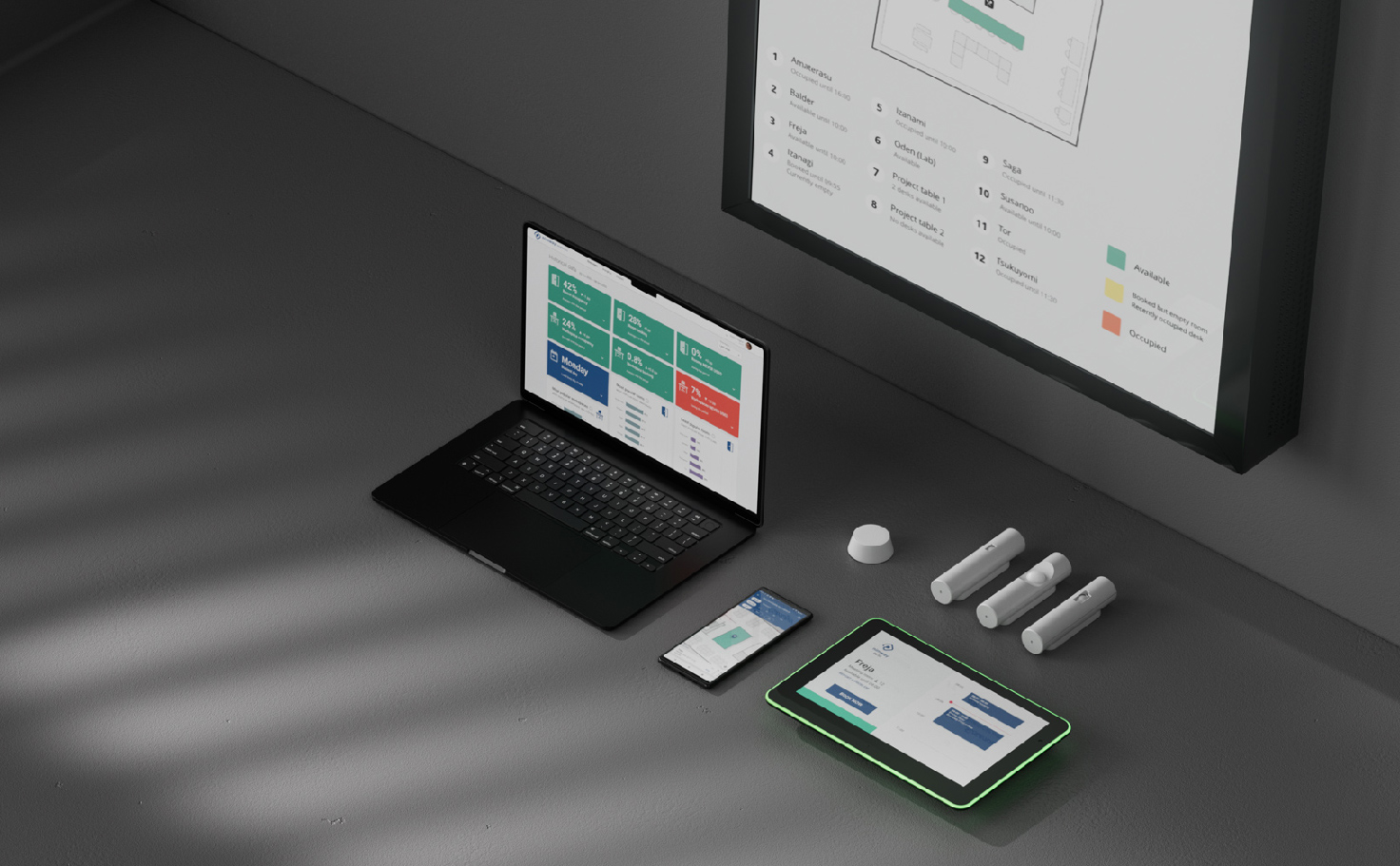With Sony’s smart solutions, your company will gain data to make sustainable decisions, build trusted services and solve problems creatively.
With Sony’s smart solutions, your company will gain data to make sustainable decisions, build trusted services and solve problems creatively.
Nimway lets companies optimise their use of office space while making everyday tasks easier for employees.

mSafety puts remote health monitoring within reach for any business through a full range of service options.

The modern workplace is taking shape. New factors are attracting employees. In this industry white paper, we explore the key elements of this emerging world of work through the latest facility management research.

Monitoring clinical trial participants at a distance brings a range of benefits to researchers. Here’s how to implement wearables in DCTs while maximising the opportunities and avoiding technical pitfalls.

As a part of Sony, we have a common approach to the world’s environmental, social and economic challenges. Read more about what we are doing and view our latest sustainability report.

Three elements will shape tomorrow’s world: sustainability, trust and creativity. These are the driving forces in our business, and through our connected services, we help them become yours.
Three elements will shape tomorrow’s world: sustainability, trust and creativity. These are the driving forces in our business, and through our connected services, we help them become yours.
Please complete the form and a member of our team will be in touch.
Copyright © 2024 Sony Network Communications Europe. All rights reserved